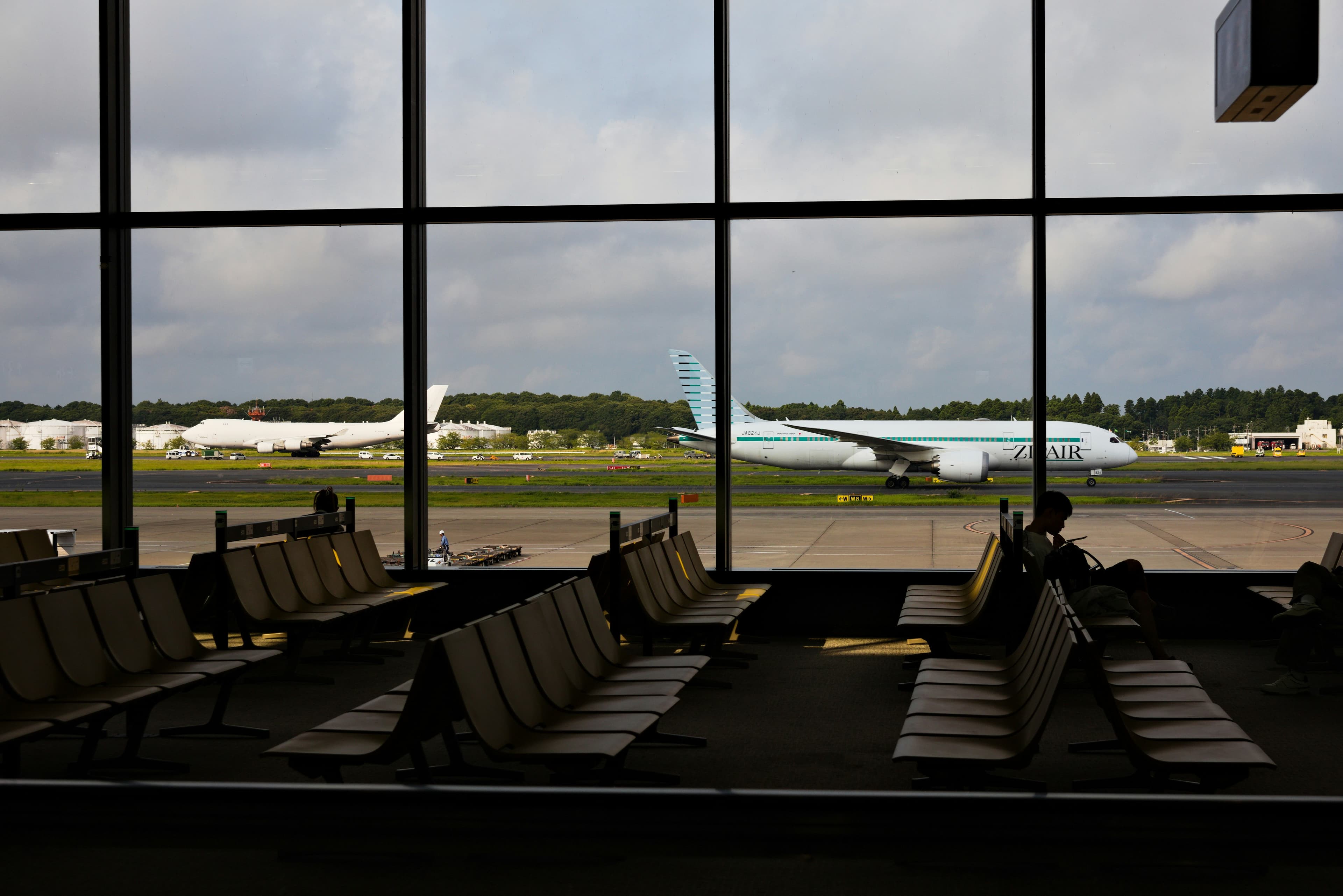
Narita International Airport
成田国際空港- Narita Airport Terminal 1 Station StationKeisei Main LineNarita Sky Access LineNarita Line
Tokyo Narita International Airport is Japan's primary international gateway, located 60 kilometers east of central Tokyo in Chiba Prefecture. The airport handles the majority of Japan's international passenger traffic and serves as a major hub for connecting flights across Asia and beyond.
History and Development
Narita opened in 1978 as New Tokyo International Airport, replacing Tokyo's former international operations. Built on rural farmland after years of planning and controversy, the facility was designed specifically to handle large-scale international aviation. The airport's development included significant infrastructure investments and careful integration with the surrounding agricultural community.
Major expansions occurred throughout the 1990s and 2000s. Terminal 2 opened in 1992, doubling capacity, while a second runway became operational in 2002. The most recent major addition was Terminal 3 in 2015, a low-cost carrier terminal that significantly expanded budget airline operations.
Terminal Configuration
Narita operates three passenger terminals with specialized functions. Terminal 1 serves major international carriers including Japan Airlines (JAL), American Airlines, and various Asian carriers with 44 gates across North and South wings. The terminal features extensive duty-free shopping, diverse dining options, and traditional Japanese cultural displays.
Terminal 2 handles All Nippon Airways (ANA), United Airlines, and many European carriers with 32 gates. Known for its modern amenities, it includes premium lounges, observation decks, and the largest concentration of luxury shopping at Narita.
Terminal 3, the newest and most compact terminal, exclusively serves low-cost carriers like Jetstar Japan and Vanilla Air with 7 gates. Despite its smaller size, it offers efficient processing and budget-friendly dining options.
Transfer to the City
Skyliner (Keisei)
Direct Routes:
- 35 minutes to Nippori Station (¥2,580)
- 41 minutes to Keisei-Ueno Station (¥2,580)
Pros:
- Premium Express Service
- Frequent (20-40 minutes)
- Family-friendly (spacious seats)
- Large luggage Areas
Cons:
- Not available 24/7
Recommended for: Speed and comfort, travelers staying near Ueno/northeast Tokyo
Narita Express (N'EX)
Direct Routes:
- 58 minutes to Tokyo Station (¥3,070)
- 60 minutes to Shinagawa Station (¥3,250)
- 72 minutes to Shibuya Station (¥3,250)
- 88 minutes to Shinjuku Station (¥3,250)
- 86 minutes to Yokohama Station (¥4,370)
Pros:
- Works with JR Pass
- Reserved seating
- WiFi onboard
- Extensive transfer options
- Spacious train with luggage racks
Cons:
- More expensive train option
- Not available 24/7
Recommended for: JR Pass holders, travelers staying in Shinjuku/Shibuya areas
Keisei Main Line (Regular trains)
Direct Routes:
- 92 minutes to Keisei-Ueno Station (¥1,400)
Pros:
- Cheapest train option
- Frequent service
Cons:
- No reserved seating
- Slowest train option
- Crowded
- Limited luggage space
- Not available 24/7
Recommended for: Budget travelers, no rush to get to city
Airport Limousine Bus
Direct Routes:
- 40 minutes to Shinjuku Station (¥1,400)
Pros:
- Door-to-door (to many hotels)
- Comfortable seating
- Lots of luggage space
- Toilet onboard
Cons:
- Slower than the train options
- More expensive than the train options
- Not available 24/7
Recommended for: Heavy luggage, traveling with children, hotel drop-offs
Taxi
Direct Routes:
- 60-90 minutes to Tokyo Area (~¥19,000 - ¥30,000)
Pros:
- Door-to-door
- Available 24/7
- Sufficient luggage space
Cons:
- Expensive
- Depending on Group / Family size may be unconvenient
Recommended for: Late arrivals, business travelers, when convenience outweighs cost
Ride-sharing / Airport Shuttle Services
Direct Routes:
- 90+ minutes to Tokyo Area (¥9,800)
Pros:
- Door-to-door (to many hotels)
- Pre-bookable
- Offer Meet-and-greet
- Sufficient luggage space
Cons:
- Slower option
- Depending on Group / Family size may be unconvenient
Recommendations by situation
- Speed priority: Skyliner (if going to Ueno area) or N'EX
- Families with luggage: Airport Limousine Bus
- Budget travelers: Keisei Main Line
- JR Pass holders: Narita Express
- First-time visitors: Airport Limousine Bus for simplicity
- Late night/early morning: Taxi (limited train service)
Important notes
- Narita is much farther from central Tokyo than Haneda (about 60km vs 15km)
- All options have English signage and announcements.
- Consider your final destination when choosing - some options connect better to different parts of Tokyo
- Traffic can significantly affect bus journey times, especially during rush hours
Activities
- Traditional Japanese gardens and seasonal exhibitions in all terminals
- Museum of Aeronautical Sciences nearby for aviation enthusiasts
- Observation decks in Terminals 1 and 2 for aircraft spotting
- Traditional craft demonstrations and cultural performances
- Narita-san Shinshoji Temple, a famous Buddhist temple accessible by local train
- Free WiFi throughout all terminals for entertainment and business needs
At Hey Japan!, we strive to keep the places listed on our website as current as possible. However, it is important to note that location owners or management may make changes to their plans, including canceling events, altering opening times, or modifying admission requirements, without prior notice. To ensure that you have the most accurate information, we recommend checking official websites before visiting any location.
Last Updated:











